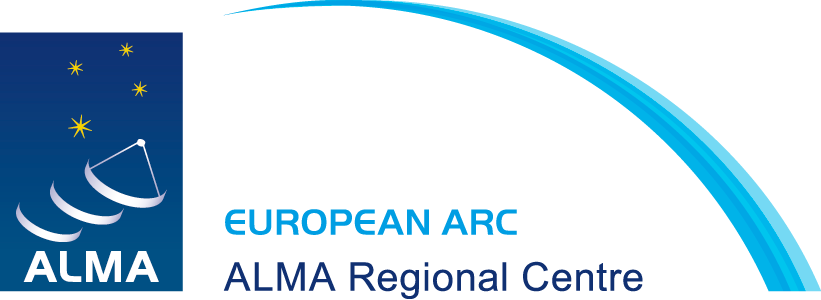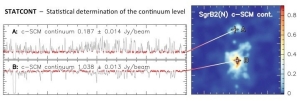The European ARC Network invites users to an online training on how to determine the continuum level in astronomical sources on December 10, 11:00 CET [Zoom link].
I-TRAIN #11: Continuum level determination with STATCONT
In this tutorial you will learn about a statistically-based method aimed at determining the continuum level in astronomical sources, in particular in line-rich sources (i.e., sources for which emission and absorption features of spectral lines dominates the observed flux). The software is implemented as a python-based tool that automatically determines the continuum flux level using different statistical methods. In general, STATCONT has been found to be highly accurate with discrepancies <1% in 50% of the test cases and <5% in 90% of the cases. Details on STATCONT can be found in this link. An updated version of the software together with new tests will be available one week before the tutorial.
The duration of this training session will be about one hour and will include an interactive Q&A session. More instructions for this training will be posted on the Science portal https://almascience.eso.org/tools/eu-arc-network/i-train. For questions do not hesitate to contact the German node at sanchez@ph1.uni-koeln.de
Tutor: Alvaro Sanchez-Monge
Note: The tutors' presentation will be recorded and an edited version of the recording will be posted in the Science Portal [https://almascience.eso.org/tools/eu-arc-network/i-train] and the EU ARC Youtube channel https://www.youtube.com/channel/UCXsYQxxTSF-o23UP7HU_jYQ] after the session. The interactive Q&A will not be recorded.
Figure: STATCONT continuum-subtracted spectra towards two positions in the star-forming region SgrB2(N). The STATCONT-derived ALMA continuum image at 240 GHz is shown in the right panel (https://ui.adsabs.harvard.edu/abs/2018A%26A...609A.101S/abstract). Credit: A. Sanchez-Monge (University of Cologne)


